At FireDrum Email Marketing, we understand that amidst the vast sea of online content, standing out is more crucial than ever. As we journey through 2024, the role of email marketing has undergone significant transformation, adapting to new technologies and consumer behaviors, ensuring it remains an indispensable tool for businesses aiming to connect with their audience on a personal level.
In the dynamic world of email marketing, mastering the art of crafting compelling newsletters is essential for engaging your audience and driving results. From the critical importance of understanding your audience's preferences and behaviors to the art of creating irresistible subject lines, each element plays a pivotal role in the success of your campaigns.
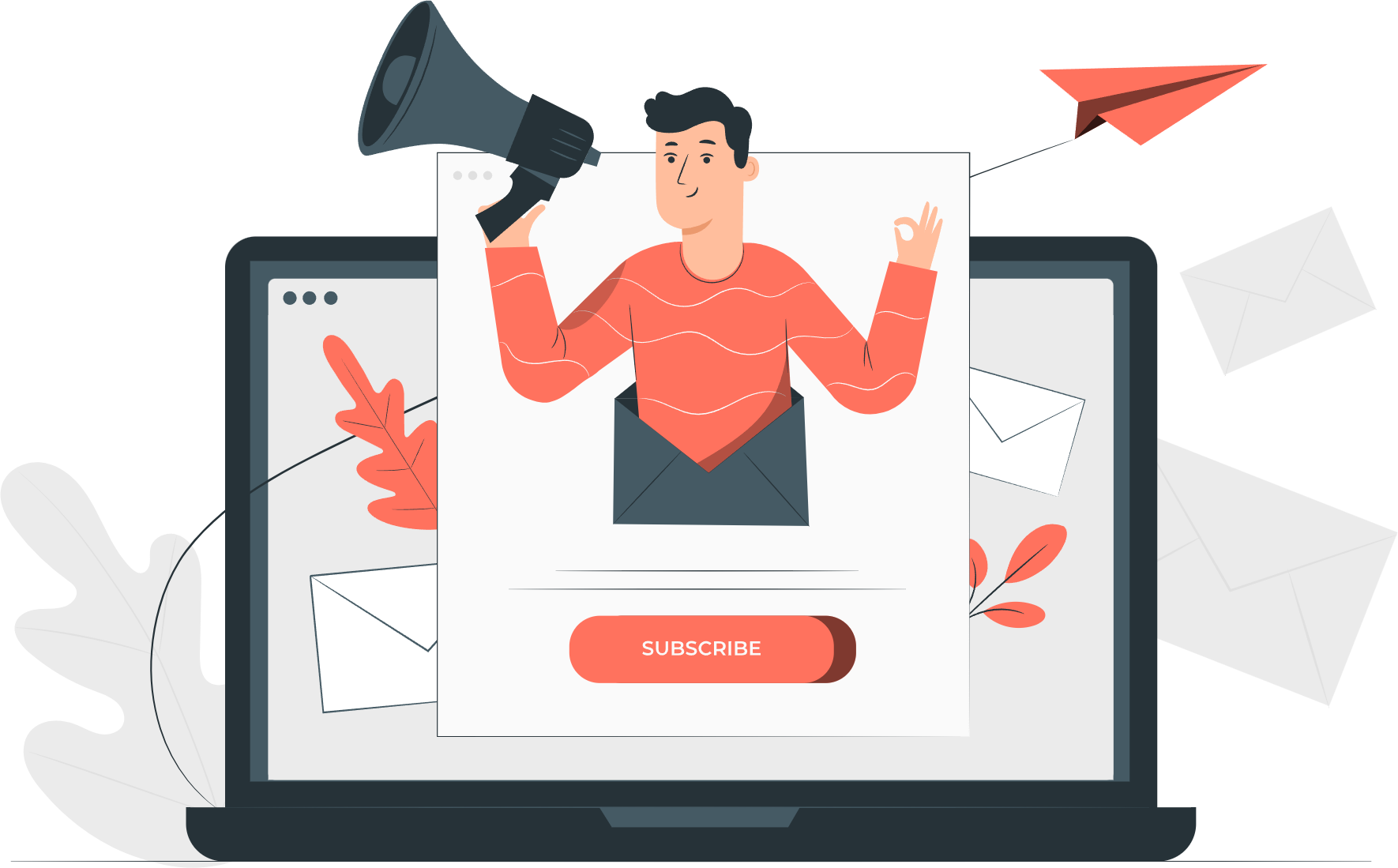
As we delve into the nuances of responsive design, the impact of visual content, and the power of personalization, it becomes clear that a strategic approach is key. Incorporating SEO best practices, ensuring accessibility, and maintaining a consistent schedule are just the tip of the iceberg. Engaging your readers through interactive elements and adhering to compliance standards further solidify the foundation of effective email marketing.
This blog will explore these essential strategies, offering insights and tips to elevate your email newsletters from good to great, ensuring they not only reach the inbox but also resonate with your audience, compelling them to take action.
1. Understanding Your Audience
Understanding your audience is the bedrock of effective email marketing. It’s about going beyond mere demographics to grasp the nuanced preferences, behaviors, and needs of your subscribers. This deep insight forms the foundation for every successful email campaign, ensuring that your messages resonate on a personal level.
Segmentation is a powerful tool in this regard. By dividing your email list into smaller, more focused groups based on specific criteria such as purchase history, engagement levels, or geographic location, you can tailor your content to suit the unique interests of each segment. This personalized approach not only enhances the relevance of your emails but also significantly boosts engagement rates, as subscribers are more likely to interact with content that feels specifically crafted for them.
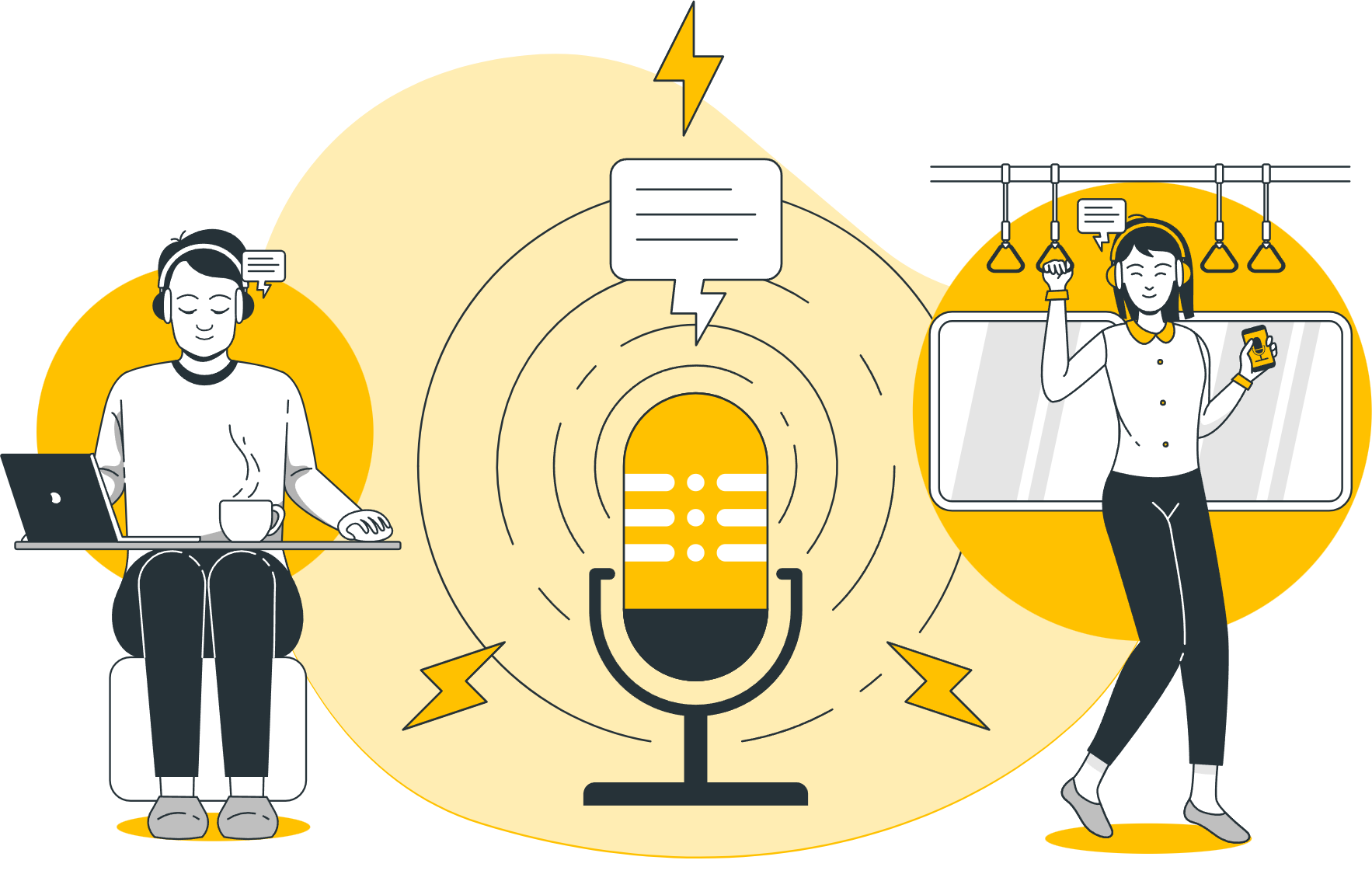
Leveraging analytics is another critical aspect of understanding your audience. Delving into data such as open rates, click-through rates, and conversion metrics can reveal invaluable insights into what captivates your subscribers. It allows you to refine your approach, focusing on what works and discarding what doesn’t. This continuous cycle of learning and adapting, driven by solid analytics, ensures that your email marketing efforts are always aligned with the evolving preferences of your audience, making every email you send more effective than the last.
2. Crafting Compelling Subject Lines
Crafting compelling subject lines is all about making a memorable first impression — it's your one shot at capturing attention in a crowded inbox. In the digital realm, where attention spans are fleeting, the subject line of your email acts as the gateway to your content. It's the first line of text your audience encounters, and its impact can be the deciding factor between an open and a dismissal.
A compelling subject line should be a blend of creativity, clarity, and relevance. It needs to resonate with the reader, offering a hint of the value that lies within the email, without revealing too much. It's about striking the perfect balance between intrigue and informativeness. Phrasing your subject line as a question, using actionable language, or incorporating a sense of urgency can significantly increase the likelihood of your email being opened.
Moreover, personalization plays a key role in today's email marketing strategies. Tailoring the subject line to reflect the recipient's interests or past interactions with your brand can dramatically enhance open rates.
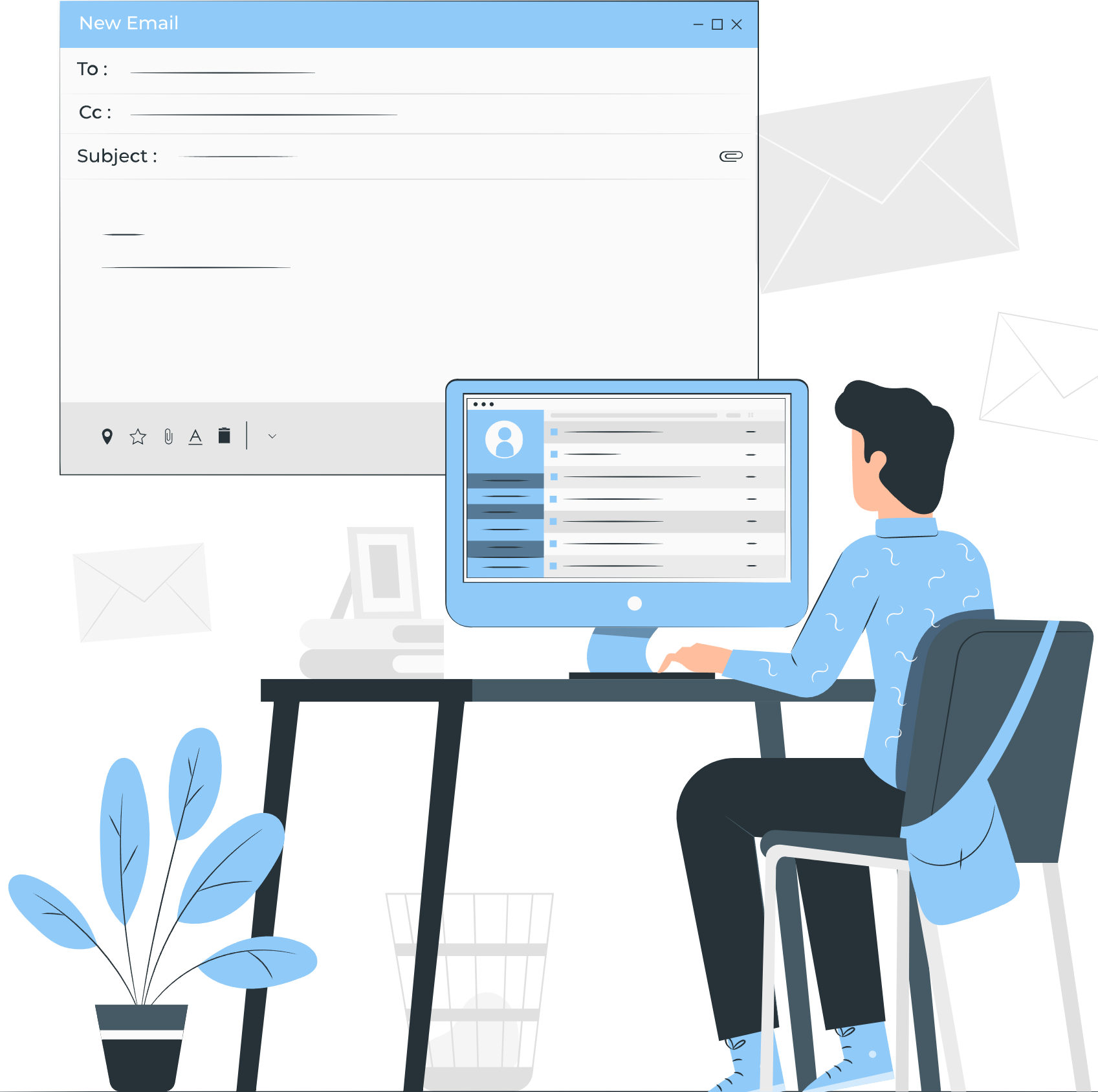
Remember, a subject line is not just a title — it's an invitation. It should be crafted with the reader in mind, promising them something of value, making it impossible to ignore.
3. Designing for Accessibility and Responsiveness
In today's fast-paced digital world, ensuring your newsletters are accessible and responsive across all devices is not just a courtesy — it's a necessity. With the majority of users accessing their emails via smartphones and tablets, mobile-friendly design is paramount. This means your newsletters should be easily navigable, with clear, legible fonts and buttons that are sized for easy tapping. The goal is to create an engaging user experience, regardless of the device being used.
Responsive design takes this a step further by ensuring that your newsletters automatically adapt to the size and orientation of the screen they're viewed on, providing an optimal viewing experience whether on a desktop, tablet, or smartphone. This involves using fluid grid layouts, flexible images, and CSS media queries to adjust the layout and content of your emails dynamically. By embracing responsive design, you ensure that your message is conveyed effectively, without any loss of functionality or aesthetics, making your newsletters accessible to a wider audience and enhancing the overall user experience.
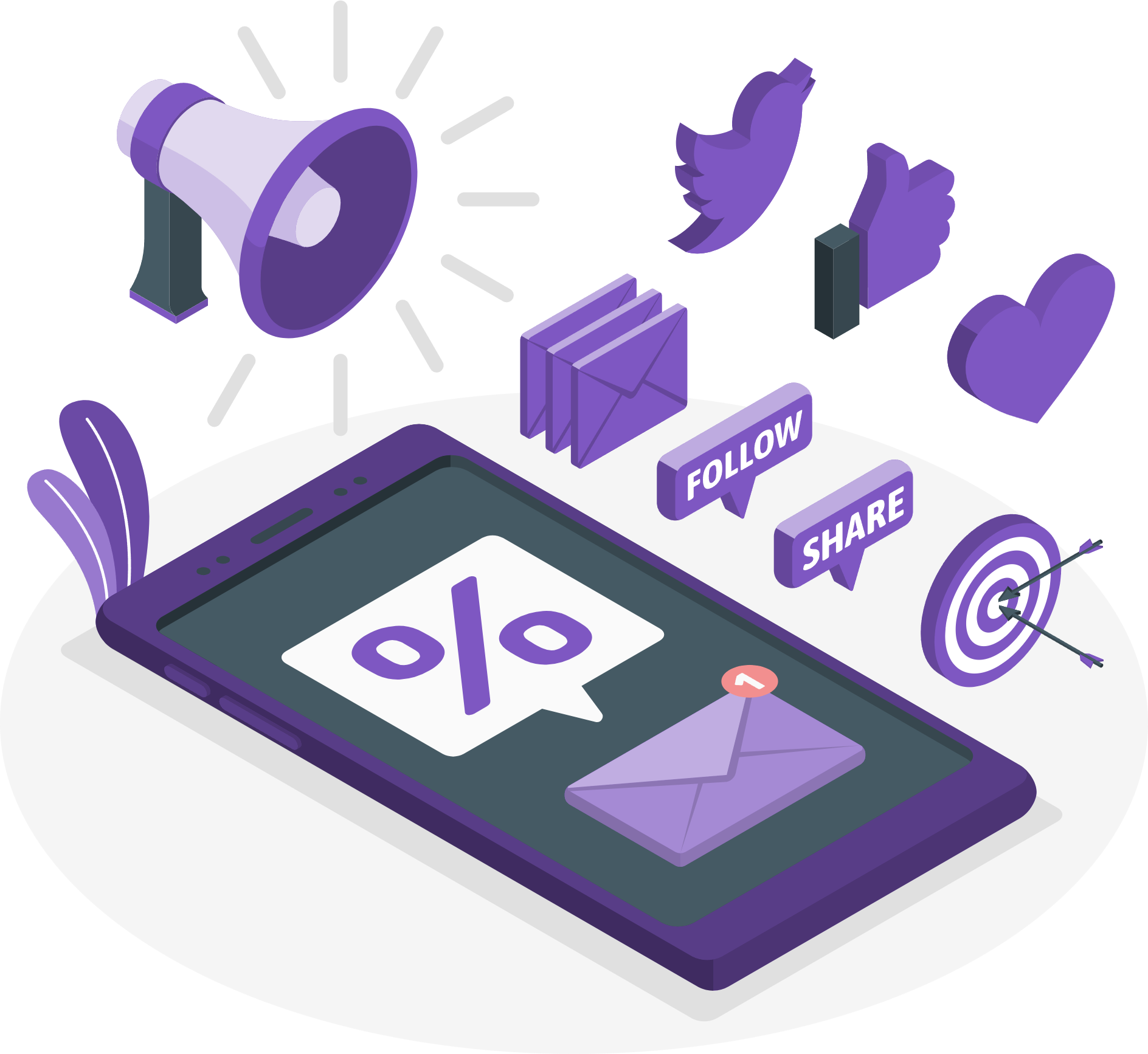
4. Leveraging Visual Content
Incorporating high-quality images and videos into your newsletters can significantly boost engagement levels. Visual content has the power to capture attention, convey messages quickly, and evoke emotional responses in ways that text alone cannot. It's an essential element in creating compelling email content that stands out in a crowded inbox.
However, it's crucial to strike the right balance between visuals and text. Overloading your newsletters with large image files or videos can lead to longer loading times, which might frustrate users and lead to higher bounce rates. Moreover, not all email clients support heavy media content, which could affect the accessibility of your emails. To mitigate this, use optimized images and videos that are sized appropriately for email, and always provide alternative text for images to ensure accessibility for users with visual impairments. Balancing visuals with concise, compelling text ensures that your newsletters are not only engaging but also accessible and user-friendly, enhancing the overall effectiveness of your email marketing campaigns.

5. Personalization and Dynamic Content
Personalization in email marketing goes beyond addressing a subscriber by their first name; it's about curating content that resonates with their specific interests, needs, and behaviors. By leveraging subscriber data, marketers can craft emails that feel tailor-made for each recipient. This level of personalization significantly enhances engagement, as subscribers are more likely to interact with content that aligns with their preferences.
Dynamic content elevates personalization by automatically changing certain parts of your email content based on the user's behavior, preferences, or demographic data. This means that two subscribers could receive the same email but with different content blocks. For example, one might see a product recommendation based on past purchases, while another might get information relevant to their geographical location. Implementing dynamic content blocks ensures that your emails remain relevant and engaging to each subscriber, fostering a deeper connection and driving higher conversion rates.

6. Clear and Actionable Call-to-Actions (CTAs)
The call-to-action (CTA) is the linchpin of your email's effectiveness. A well-designed CTA not only stands out visually but also encapsulates a clear, compelling message that spurs the reader into action. Whether it's to "Shop Now," "Learn More," or "Subscribe," the clarity of your CTA's message is paramount. It should leave no room for ambiguity about what steps the reader should take next.
Designing CTAs that command attention involves the use of contrasting colors, strategic placement, and sizing that makes them easy to find and click. However, the aesthetics should always be balanced with functionality, ensuring that CTAs are accessible and easily navigable, especially on mobile devices. A well-crafted CTA acts as a beacon, guiding subscribers towards the desired action and significantly increasing the chances of conversion.
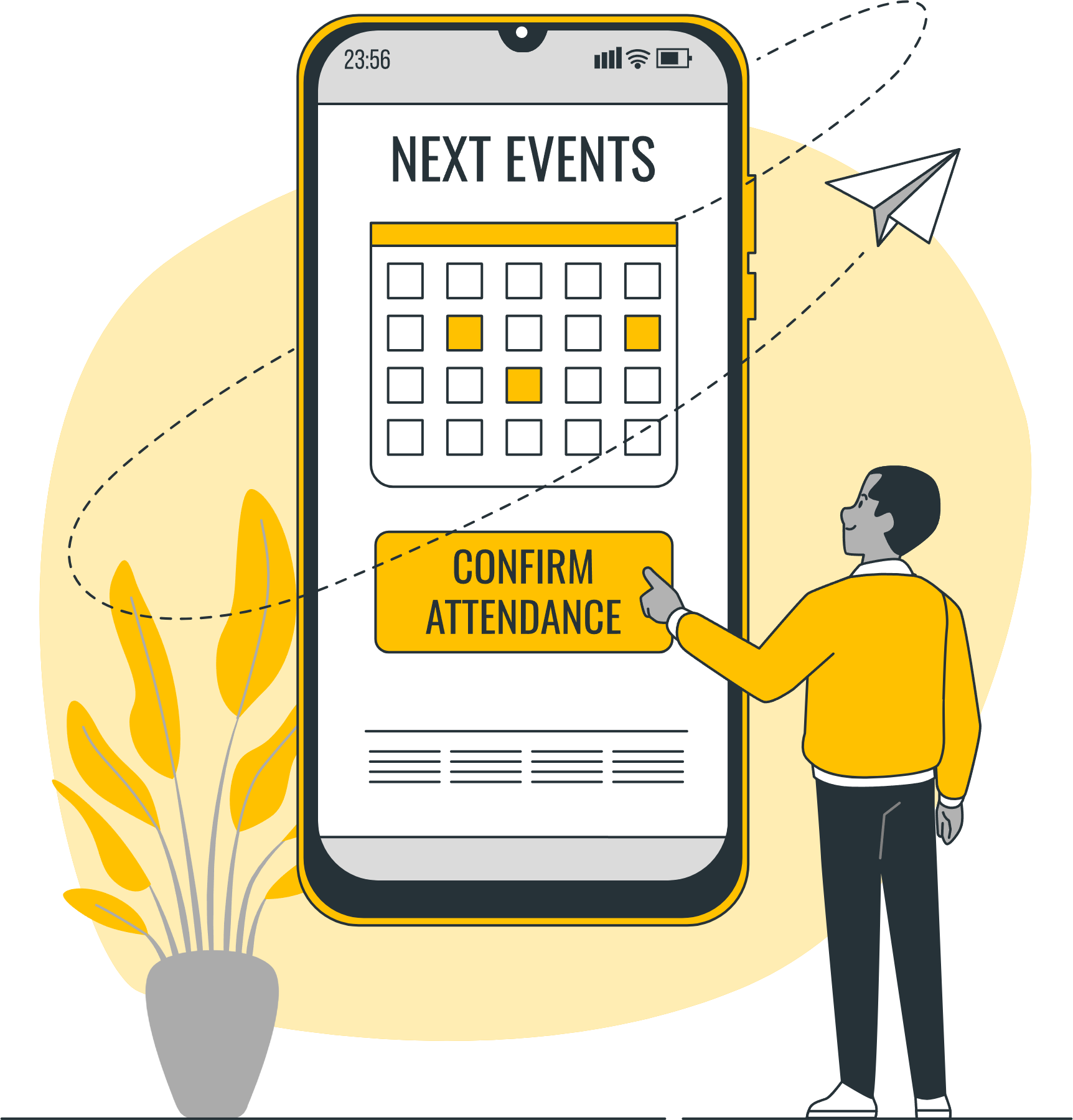
7. Incorporating SEO Best Practices
Integrating SEO best practices into your newsletter content can extend the reach of your emails beyond the inbox. By strategically using keywords that your audience is likely to search for, you can improve the visibility of your email content on search engines, especially when emails are archived on a website or shared online.
Alt text for images plays a crucial role in both accessibility and SEO. Providing descriptive alt text ensures that subscribers who use screen readers can understand the content of the images, enhancing accessibility. From an SEO perspective, alt text provides search engines with context for images, contributing to better search rankings.
Structuring your content for readability is equally important. Breaking down content into smaller, digestible sections with clear headings and subheadings not only makes it easier for readers to consume but also helps search engines understand and index your content more effectively.
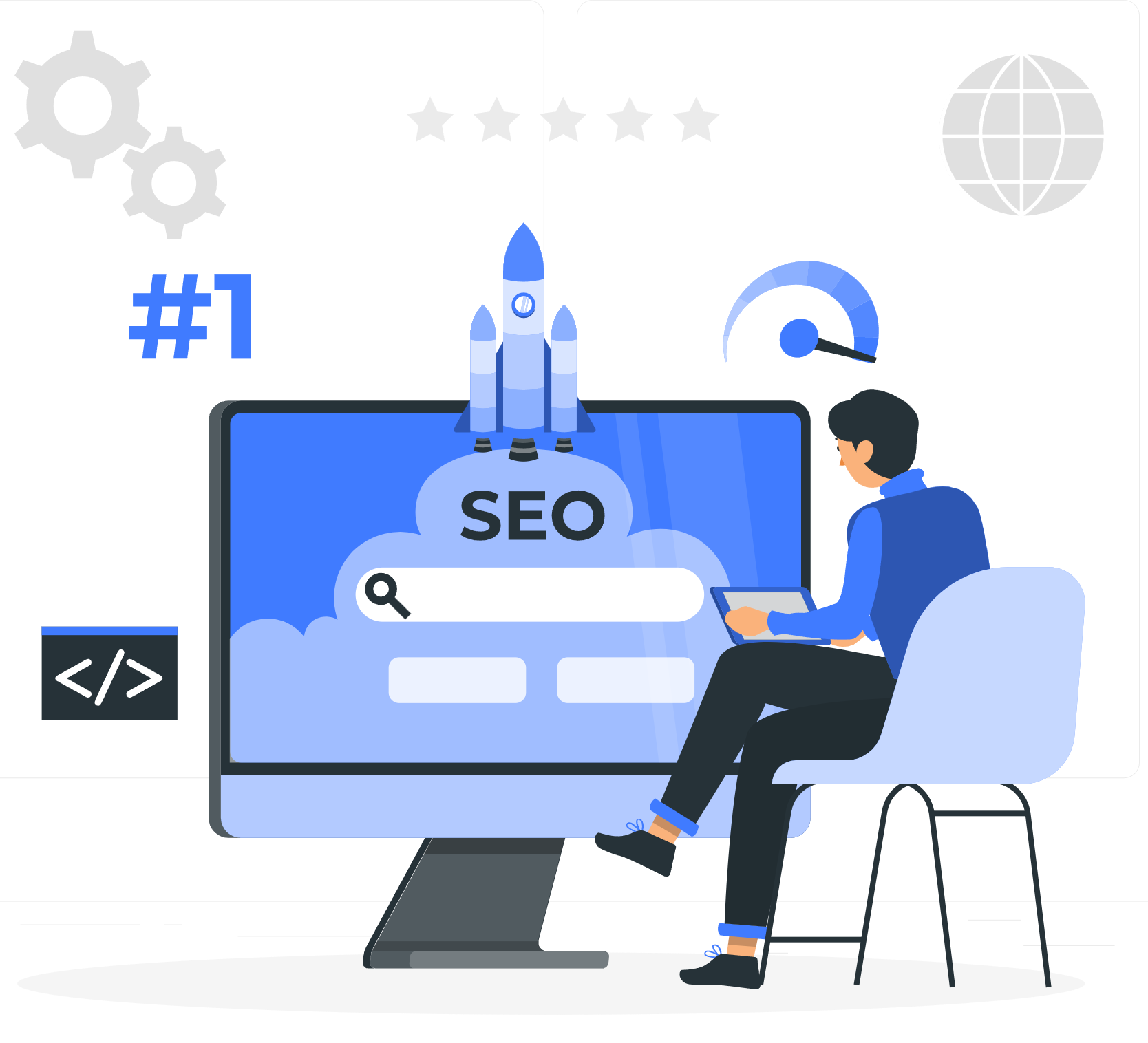
Incorporating these SEO best practices into your email newsletters can significantly enhance their reach and effectiveness, ensuring that your content resonates both within and beyond the inbox.
8. A/B Testing for Continuous Improvement
A/B testing, or split testing, is a methodical approach to enhancing your email newsletters by comparing two versions of an email to see which one performs better. This can involve testing different subject lines, email content, layouts, images, or calls-to-action. By sending version A to one subset of your audience and version B to another, you can gather data on open rates, click-through rates, and conversion rates to determine which version resonates more with your audience.
The insights gained from A/B testing are invaluable. They allow you to refine your email strategy based on empirical evidence rather than assumptions. This continuous cycle of testing, analyzing, and optimizing ensures that your newsletters are always evolving to meet the preferences and behaviors of your audience. Over time, these incremental improvements can lead to significant increases in engagement and conversion rates, making A/B testing an essential practice for any email marketer aiming for excellence.

10. Consistent Scheduling
Maintaining a consistent email sending schedule helps build anticipation and sets expectations for your subscribers. It can significantly enhance subscriber engagement, as your audience becomes accustomed to receiving your content at regular intervals. Consistency in your email cadence fosters a sense of reliability and trust between your brand and your subscribers.
Determining the optimal sending times and days is critical and can vary based on your audience's behavior and preferences. Analyzing engagement data can help you identify patterns in open and click-through rates, allowing you to tailor your sending schedule to when your subscribers are most active and receptive. This strategic approach to scheduling can maximize the visibility and effectiveness of your newsletters, ensuring they arrive at just the right moment.
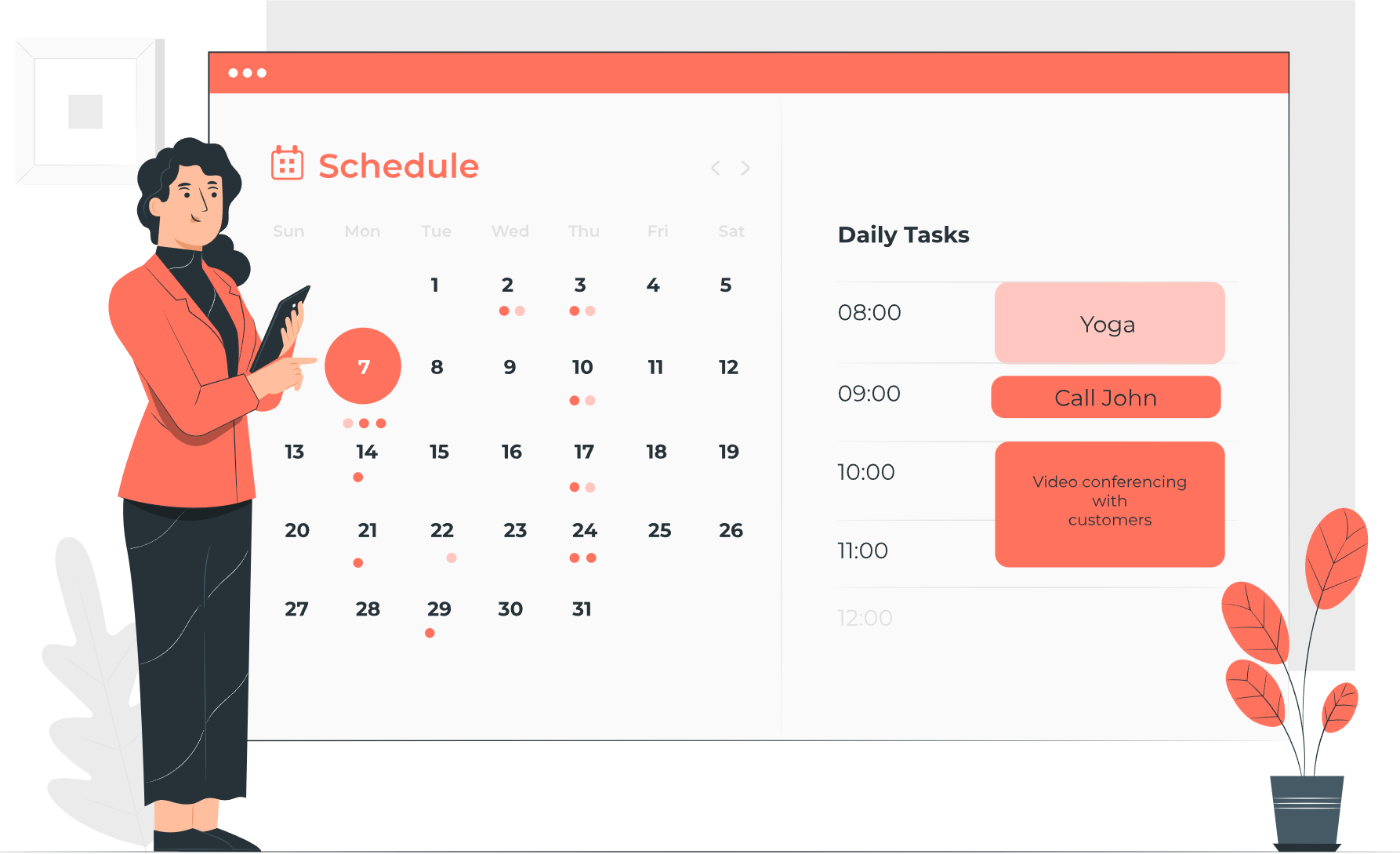
9. Valuable and Relevant Content
The cornerstone of any successful email newsletter is the value it provides to its readers. Every piece of content should serve a purpose, whether it's to inform, entertain, educate, or inspire. Content that resonates with your audience's interests and needs is more likely to be read, shared, and acted upon. This requires a deep understanding of your audience and a commitment to producing high-quality content that addresses their questions, challenges, and desires.
Staying aware of industry trends, news, and insights is also crucial. It ensures that your content is not only relevant but also timely, positioning your brand as a thought leader in your space. This relevance is key to maintaining subscriber engagement over time, as it demonstrates your ongoing commitment to providing value and staying connected with the evolving landscape of your industry.

11. Engagement and Interaction
Encouraging active engagement and interaction within your newsletters can transform passive readers into an active, involved community. Incorporating elements like surveys, polls, and feedback sections invites your audience to participate, providing them with a voice and deepening their connection to your brand. This two-way communication not only enriches the subscriber experience but also provides you with valuable insights into your audience's preferences and opinions.
Leveraging user-generated content, such as customer stories, reviews, or photos, can further foster a sense of community and belonging among your subscribers. It highlights the real people behind the email addresses, showcasing their experiences and contributions, and making your newsletters more relatable and engaging.

12. Compliance and Best Practices
Adherence to email marketing regulations and standards, such as the General Data Protection Regulation (GDPR) and the CAN-SPAM Act, is non-negotiable. It ensures that your marketing practices are not only ethical but also legal. Compliance builds trust with your subscribers, as it demonstrates your respect for their privacy and rights.
Maintaining list hygiene is another crucial aspect of best practices. This involves regularly cleaning your email list to remove inactive or unengaged subscribers and ensuring that your content is reaching a genuinely interested audience. This not only improves your engagement metrics but also protects your sender reputation, ensuring your emails continue to reach your subscribers' inboxes. Adhering to these principles is essential for maintaining subscriber trust and ensuring the long-term success of your email marketing efforts.
Crafting effective email newsletters requires a multifaceted approach, starting with a deep understanding of your audience. By segmenting your email list and analyzing user data, you can tailor content to meet specific preferences and behaviors, ensuring high engagement.

The power of a compelling subject line cannot be overstated, as it serves as the crucial first impression that determines whether an email is opened. Accessibility and responsiveness are key, with newsletters needing to be mobile-friendly and adaptable across various devices to reach a wider audience. Incorporating high-quality visual content can significantly boost engagement, but it's important to balance this with text to maintain readability and loading times.
Personalization and dynamic content further enhance relevance, making each email feel tailor-made for its recipient. Clear and actionable calls-to-action guide subscribers towards desired outcomes, while SEO best practices increase visibility and accessibility. Continuous improvement through A/B testing refines your strategy, ensuring content remains effective and engaging. Providing valuable and current content keeps subscribers informed and engaged, while a consistent sending schedule builds anticipation and trust. Encouraging interaction fosters a sense of community, and adherence to compliance and best practices maintains subscriber trust and ensures long-term success.

